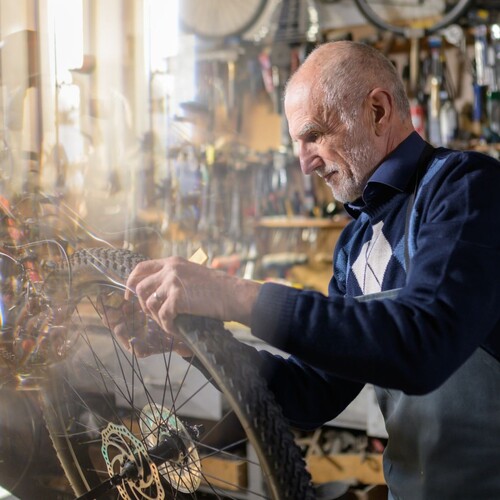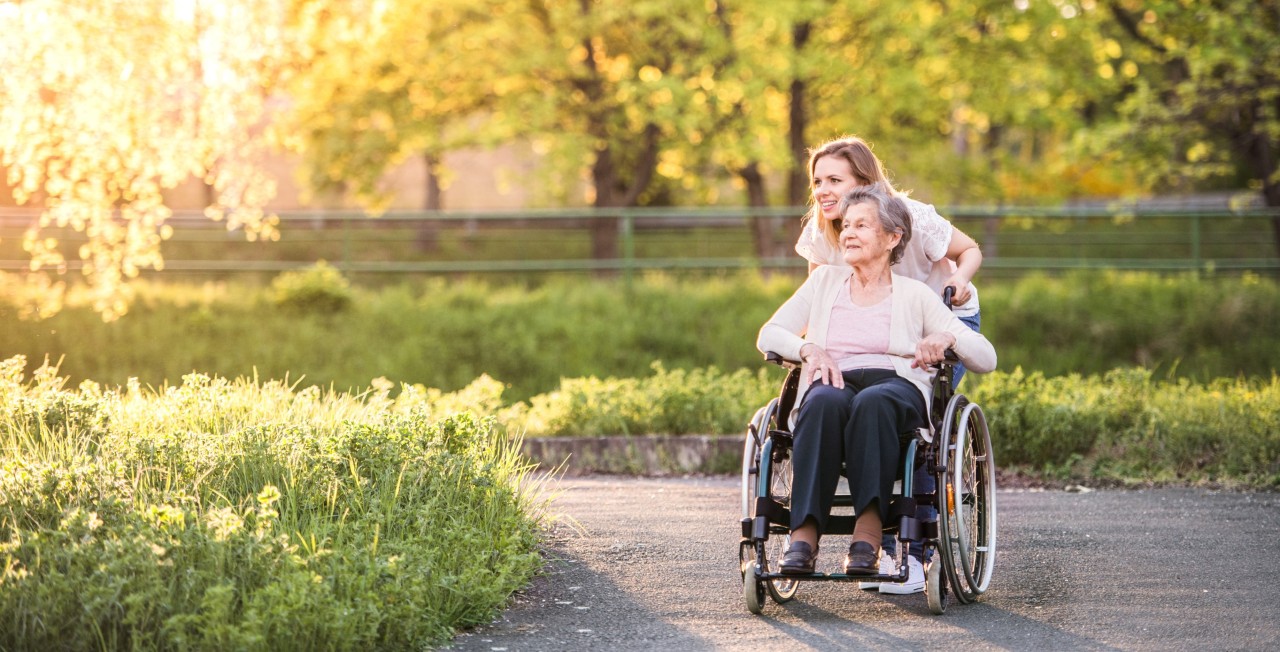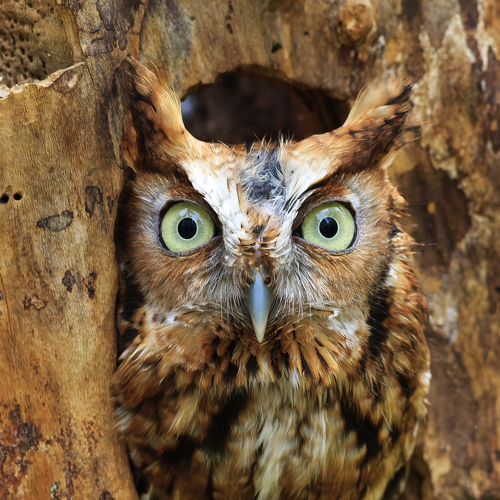

Expand outdoor recreation
This rail trail will greatly expand access to outdoor recreation, providing places where people can easily get outside to walk, run, bike, and play. The trail will be accessible to people of all abilities. And it will provide a safe way for kids to get outside, without needing someone to drive them. This 31.5-mile linear park will be convenient to many homes and neighborhoods, inviting people of all ages to exercise and enjoy the great outdoors.
Improve health
When people have more access to parks and trails, they get more physical activity. That’s across all ages, abilities, and income levels. More physical activity reduces the risk of disease, such as heart disease, stroke, cancer, and diabetes. In addition, exercise—especially outdoors—improves mental and emotional wellbeing. One study showed that every $1 spent on greenways leads to $3 in health care savings.

Grow local economies
Numerous case studies testify that rail trails become economic drivers for local communities. The trails bring customers to local businesses, attract tourists, and appeal to companies looking to locate in areas with high quality of life.
A 2024 economic impact study found that construction of the Saluda Grade Trail would boost the local economy with a $43.5 million increase in goods and services annually. Compensation to workers due to the trail would total $62-81 million.
The study found that the total economic impact during the first twelve years (a two-year construction period plus the first 10 years of trail use) would amount to $20 million annually. That’s a $240 million benefit in the first twelve years alone and the trail will continue to benefit our communities far into the future. Learn More About Economic Benefits
Learn more about economic benefits
Keep local history alive
Inviting people to travel the historic Saluda Grade—the steepest standard gauge mainline railroad ever built in the United States—engages them with a unique historic landmark. The Saluda Grade rail line is justly famous for the feats of engineering, daring, and will that it took to run trains up the dramatic Blue Ridge Escarpment from the Piedmont to the mountains. The Saluda Grade Trail route also passes through historic downtowns and other sites with a story to tell. And people are far more likely to pause and look at historic signage if they’re traveling by foot or bike.
